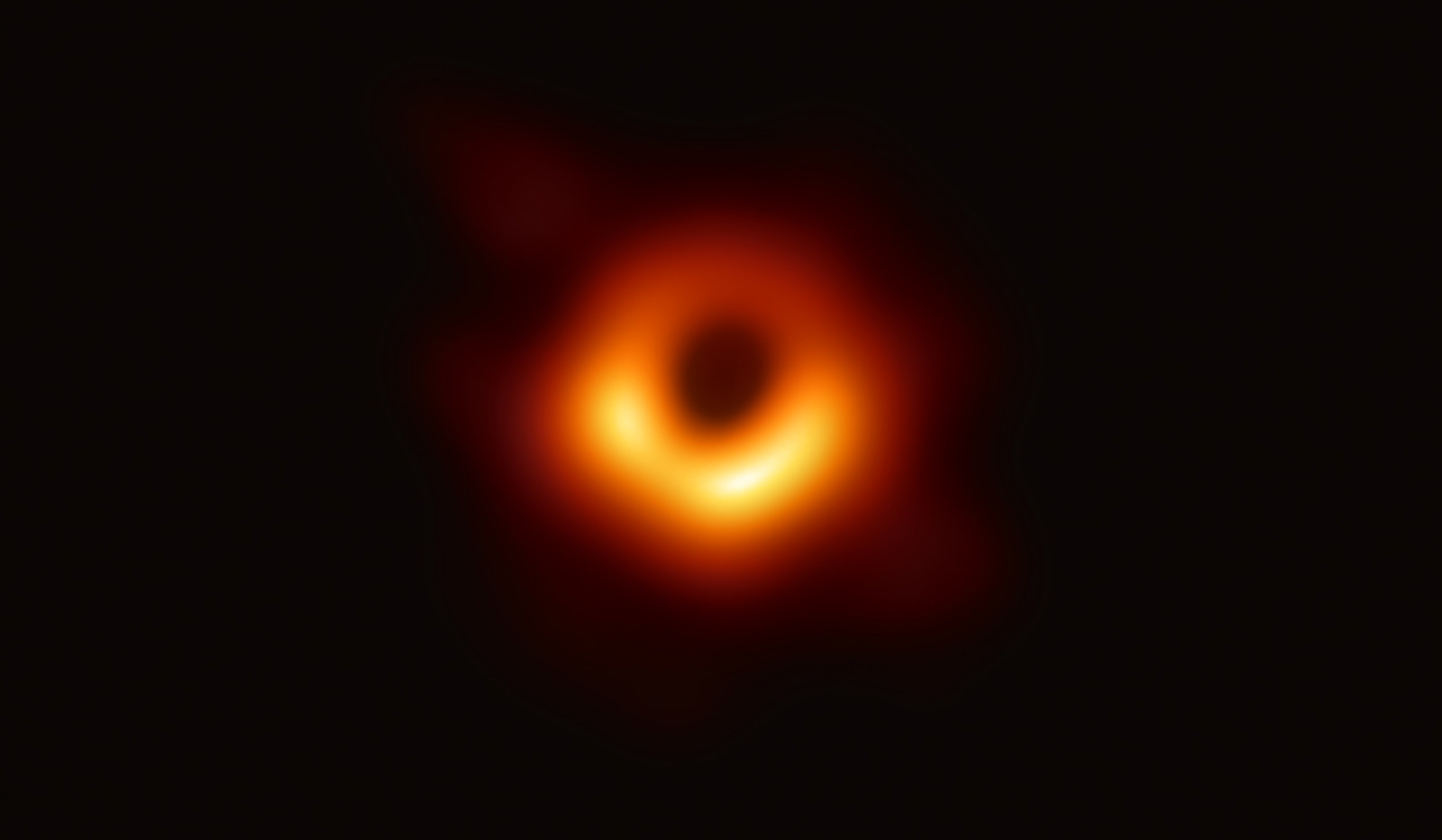About 347 team of astrophysicists researchers earned an “Oscar of Science” — the 2020 Breakthrough Prize — along with $3 million (to be shared among all 347 of them). The telescope they used to capture this groundbreaking black hole image is the Event Horizon Telescope (EHT) The team won an award for “for the first image of a super-massive black hole, taken by means of an Earth-sized alliance of telescopes,” prize representatives said in a statement. The team, will collectively pocket $3 Million as the prize money, which would be equally divided among the 347 scientists who together worked from 20 different countries to accomplish the groundbreaking feat. (which means they will all share $8,646 each) The black hole resides 55 million light-years from Earth and has a mass 6.5 billion times that of the Sun.
About the EHT team.
https://twitter.com/NASA/status/1115973963358834689 The EHT team worked for more than 10 years to capture the image by combining the power of eight different radio telescopes located around the world. Imaging algorithms were then used to fill in the gaps and piece together the photo. “We split into four teams, each working independently to image the data,” Doeleman told Live Science in an email.
First Image of the Black Hole.

The Significance of the Breakthrough Prize
The Breakthrough Prize, currently in its eight-year, aims to honour people and teams who make significant discoveries in physics, life sciences, and mathematics. It is popularly known as the ‘Oscars of Science.’ This year’s winners are credited with discoveries that address important and compelling scientific questions – from ‘What does a black hole look like?’ to ‘Why do chilies taste hot?’ and ‘What are the causes of neurodegenerative disease?’ The Breakthrough Prize release states: “Using eight sensitive radio telescopes strategically positioned around the world in Antarctica, Chile, Mexico, Hawaii, Arizona and Spain, a global collaboration of scientists at 60 institutions operating in 20 countries and regions captured an image of a black hole for the first time. By synchronizing each telescope using a network of atomic clocks, the team created a virtual telescope as large as the Earth, with a resolving power never before achieved from the surface of our planet. One of their first targets was the supermassive black hole at the center of the Messier 87 galaxy – its mass equivalent to 6.5 billion suns. After painstakingly analyzing the data with novel algorithms and techniques, the team produced an image of this galactic monster, silhouetted against hot gas swirling around the black hole, that matched expectations from Einstein’s theory of gravity: a bright ring marking the point where light orbits the black hole, surrounding a dark region where light cannot escape the black hole’s gravitational pull.” With the groundbreaking landmark EHT discovery, black holes were made visible for the first time ever, but only after many years of dedicated work, failures and successes. Winning the Breakthrough Prize for this achievement “highlights the long-term commitment that is required for such discoveries,” Doeleman said. “It signals to the public that we need to play the ‘long game,’ investing in science even though it may take decades to pay off,” he said.
Credit: Event Horizon Telescope




Leave a Reply